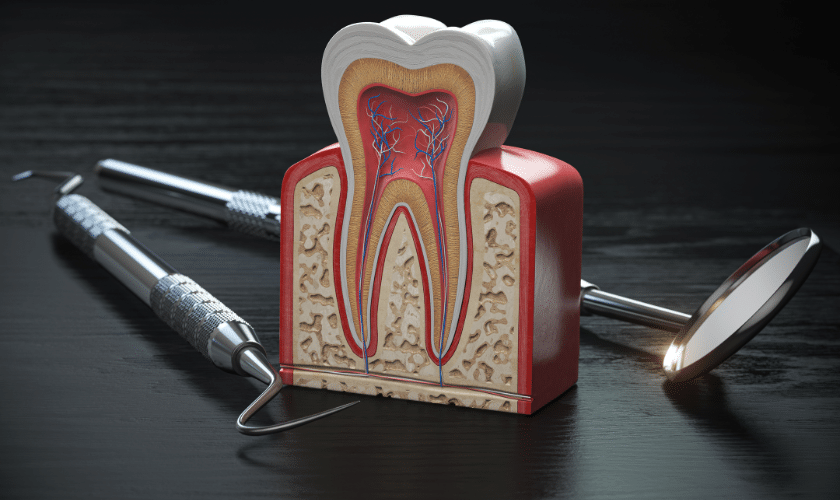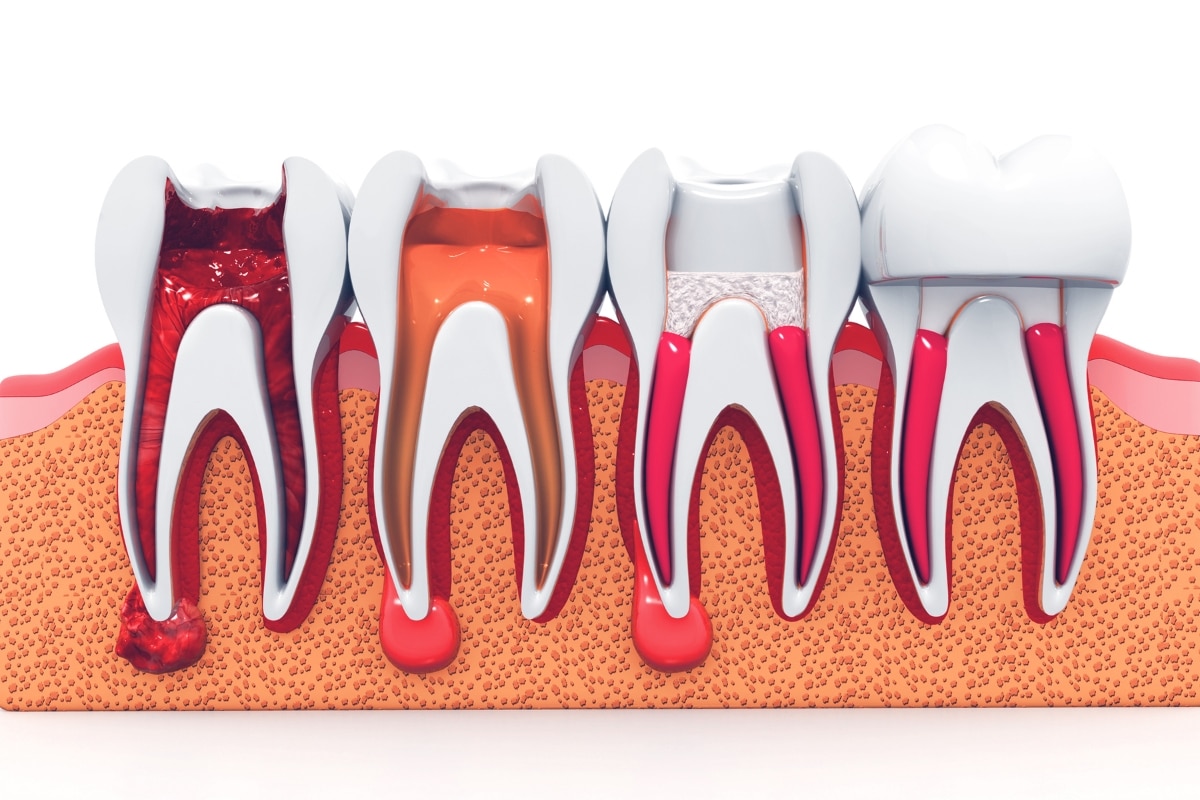
Facing a root canal can be daunting. However, knowing what to expect can ease your anxiety and help you prepare for the procedure. This guide will walk you through the process, from the initial consultation to the aftercare, ensuring you feel more confident about your upcoming dental visit.
Initial Consultation and Diagnosis
Your journey begins with an initial consultation. This is where your dentist will assess your tooth to determine if a root canal is necessary. Expect to answer questions about your symptoms and undergo a series of tests.
Detailed Examination
During this visit, your dentist will perform a thorough examination of your tooth. This may include:
- X-rays to get a clear view of the tooth’s roots and surrounding bone.
- Checking for any visible signs of infection or decay.
- Assessing your pain levels and sensitivity to hot or cold stimuli.
Diagnosis and Planning
Based on the examination, your dentist will diagnose the issue. If a root canal is needed, they will explain the procedure and answer any questions you might have. Understanding each step of the process can help alleviate some of your fears.
Preparing for the Procedure
Preparation is key to a smooth experience. Here are the steps you can take to prepare for your appointment.
Pre-Procedure Instructions
Your dentist may provide specific instructions to follow before your root canal. These might include:
- Taking prescribed antibiotics if there’s an infection.
- Avoiding certain foods and beverages a few hours before the procedure.
- Arranging transportation if sedation will be used.
Managing Anxiety
It’s natural to feel anxious. Discuss any concerns with your dentist. They might suggest techniques such as deep breathing, listening to music, or using a stress ball to help you relax.
The Root Canal Procedure
Understanding what happens during the procedure can make the experience less intimidating. Here’s a step-by-step guide.
Administering Anesthesia
The procedure begins with numbing the area around the affected tooth. Local anesthesia ensures you won’t feel pain during the root canal. If you’re particularly anxious, your dentist might offer sedation options.
Accessing the Infected Pulp
Once the anesthesia has numbed the area, the dentist will apply a rubber dam around the tooth to keep it dry and free from saliva. They will then drill a small access hole in the crown of the tooth to reach the pulp chamber.
Cleaning and Shaping the Root Canals
Using specialized tools, your dentist will extract the infected or damaged pulp from the tooth. They will then clean and disinfect the root canals to eliminate any remaining bacteria. The canals are designed to prepare them for filling.
Filling and Sealing
After cleaning, the dentist fills the canals with a biocompatible material known as gutta-percha. This step ensures the canals are sealed to prevent future infection. A temporary filling is placed on the tooth to protect it until you receive a permanent crown.
Post-Procedure Care
Proper care after your root canal is crucial for healing and maintaining the health of your tooth.
Immediate Aftercare
You might experience mild discomfort once the anesthesia wears off. Over-the-counter pain relievers can help manage this. Avoid chewing on the treated tooth until your dentist has installed the permanent crown.
Follow-Up Appointments
Your dentist will schedule a follow-up visit to place the permanent crown. This is essential for restoring the tooth’s function and appearance. Regular dental check-ups will help monitor the treated tooth and ensure it remains healthy.
Long-Term Care Tips
Maintaining good oral hygiene is vital. Brush and floss regularly, and avoid biting on hard objects like ice or nutshells. If you notice any unusual symptoms, such as persistent pain or swelling, contact your dentist immediately.
Benefits of a Root Canal
A root canal offers numerous benefits, making it a worthwhile procedure despite common fears.
Pain Relief
One of the primary reasons for undergoing a root canal is to alleviate severe tooth pain caused by infection or decay. The procedure removes the source of pain, providing significant relief.
Saving Your Natural Tooth
This procedure helps preserve your natural tooth, which is always preferable to extraction. Keeping your tooth maintains your smile and chewing ability, and prevents other teeth from shifting out of place.
Preventing Further Infection
By removing the infected pulp and sealing the tooth, a root canal prevents the infection from spreading to other teeth or the jawbone. This is essential for maintaining good oral health.
Common Myths and Facts
Many myths surround root canals, often causing unnecessary fear. Let’s debunk some common misconceptions.
Myth: Root Canals Are Extremely Painful
Fact: Advances in dental technology and anesthesia have made this procedure relatively painless. Most patients report that the experience is similar to getting a filling.
Myth: It’s Better to Pull the Tooth
Fact: Saving your natural tooth is usually the best option. Extracting a tooth can lead to additional dental problems, such as misalignment and difficulty chewing.
Myth: Root Canals Cause Illness
Fact: This outdated myth has been debunked by research. Root canals are safe and effective, with no evidence linking them to systemic health issues.
Understanding what to expect during a root canal can transform a daunting procedure into a manageable one. From the initial consultation to the final restoration, knowing each step helps alleviate fear and ensures a smoother experience. By following your dentist’s advice and taking proper care, you can enjoy a healthy, pain-free smile once again. If you have any concerns or questions, don’t hesitate to reach out to your Toms River dentist for personalized advice and care. Remember, maintaining your natural teeth is crucial for your oral health and overall well-being.








